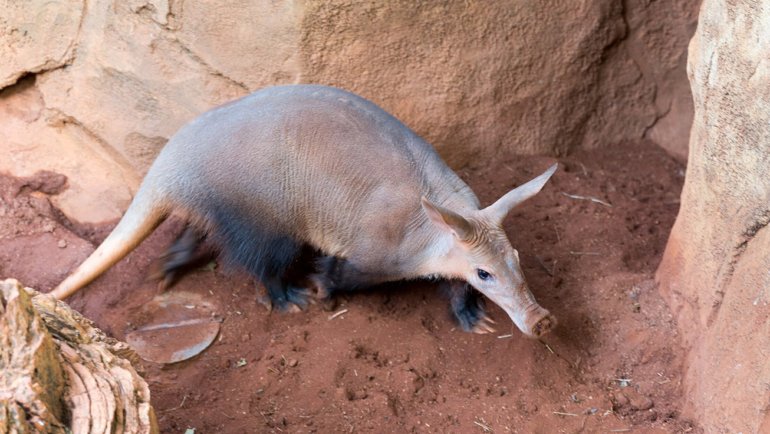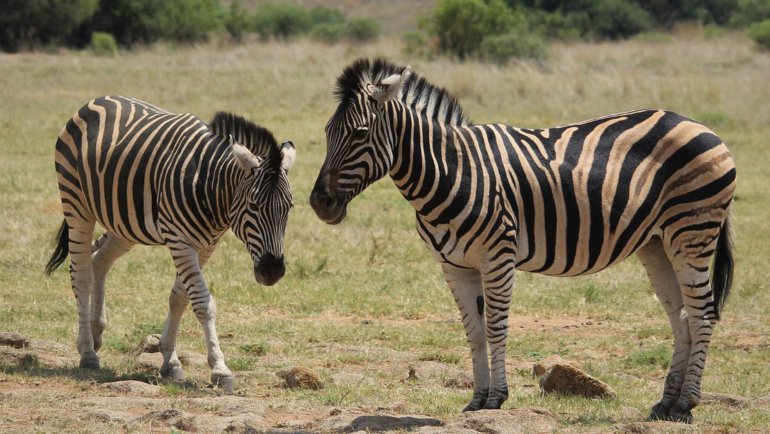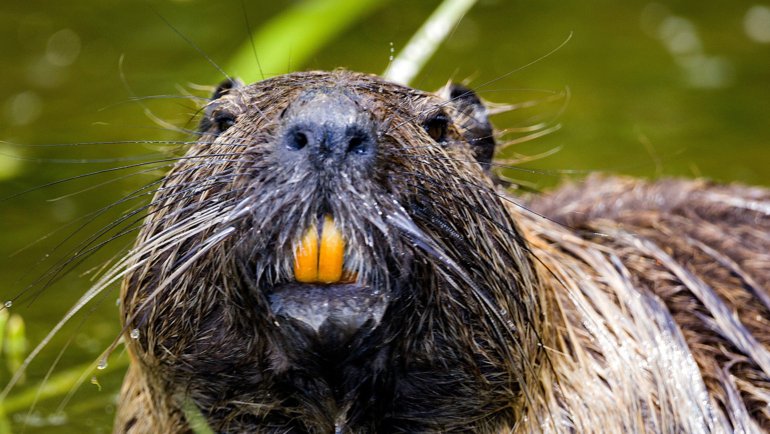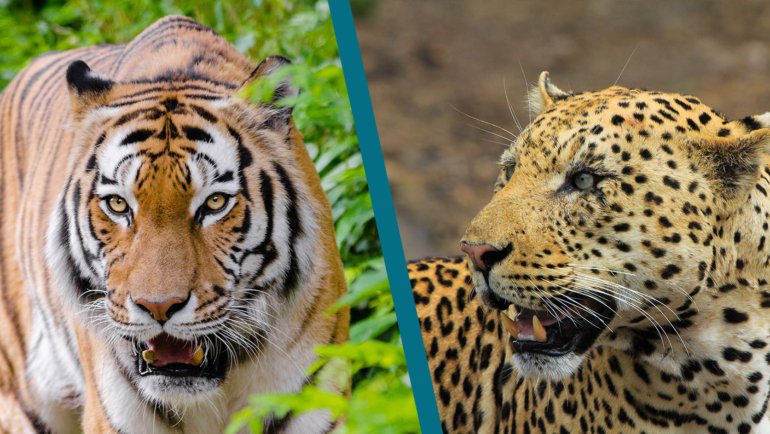Water buffaloes, also called Asian Water BUffaloes, are fascinating creatures known for their sheer size and remarkable adaptability. This comprehensive article aims to offer an in-depth look into the lives of these impressive mammals, with a special focus on the critically endangered wild water buffalo.
We’ll also touch upon the domesticated variety, which has been an essential part of human agriculture and lifestyle for thousands of years.
The Water Buffalo at a Glance
Classification
| Kingdom: | Animalia |
| Phylum: | Chordata |
| Class: | Mammalia (Mammals) |
| Order: | Artiodactyla |
| Family: | Bovidae |
| Genus: | Bubalus |
| Species: | Bubalus arnee (Wild Water Buffalo), Bubalus bubalis (Domestic Water Buffalo) |
Essential Information
| Average Size: | 8–9 feet (2.4–2.7 meters) in length, 5–6 feet (1.5–1.8 meters) in height at the shoulder |
| Average Weight: | 1,500–2,650 lbs (700–1,200 kg) |
| Average Lifespan: | 25–30 years |
| Geographical Range: | Southeast Asia, Indian Subcontinent for wild water buffalo; Worldwide for domestic water buffalo |
| Conservation Status: | Endangered for the Wild Water Buffalo (IUCN Red List) |
Species and Subspecies
While the term “water buffalo” is often used generically, it’s important to distinguish between the wild water buffalo (Bubalus arnee) and the domestic water buffalo (Bubalus bubalis).
Wild Water Buffalo
- Bubalus arnee: Endangered and found in isolated pockets in South Asia and Southeast Asia.
- Key Differences: Larger size, more robust build, and fewer predators due to their formidable nature.
Domestic Water Buffalo
- Bubalus bubalis: Domesticated variety bred for various purposes, including agriculture, milk production, and meat.
- Key Differences: Smaller in size compared to their wild counterparts and have been bred for docility.
The domestic water buffalo itself has two main types:
- River Buffalo: Native to the Indian Subcontinent and used mainly for plowing and milk.
- Swamp Buffalo: Native to Southeast Asia and used mainly for labor and meat.
The key differences among these types are in their physical appearance, utility, and distribution. For instance, the river buffalo has higher milk production, while the swamp buffalo is more suited for laborious tasks.
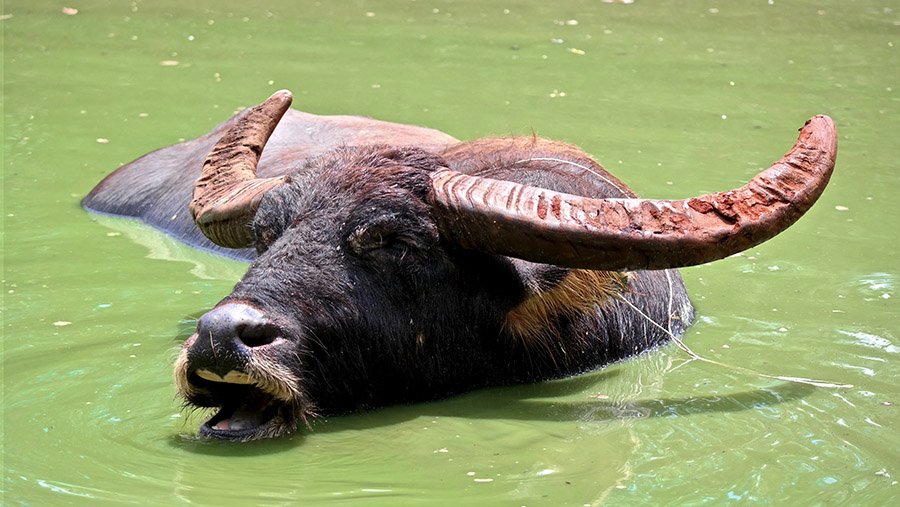
Description
Water buffaloes are imposing animals with a robust body and a relatively short, thick neck. They have a skin color that ranges from ash grey to dark brown, covered with sparse, coarse hair.
The most striking feature is their long, backward-curving horns that can span over 4 feet (1.2 meters) in some cases. These horns are generally more prominent in males and serve as a formidable defense against predators.
One remarkable feature of the water buffalo is its digestive system, well-adapted for breaking down tough plant matter that other animals can’t digest. Moreover, their eyes and nostrils are positioned high on the head, allowing them to breathe and see while mostly submerged in water.
Males are generally larger and have thicker horns compared to females. A fully-grown male can weigh up to 2,650 lbs (1,200 kg) while females generally weigh around 1,650–2,200 lbs (750–1,000 kg).
Habitat and Distribution
Wild water buffaloes are primarily found in a few isolated regions in South Asia, such as parts of India, Nepal, and Bhutan, as well as in Southeast Asia in countries like Cambodia and Thailand. Domestic water buffaloes have a much broader distribution, being utilized in agriculture globally, from Italy and Egypt to Australia and Brazil.
Water buffaloes are highly adaptable but they do prefer areas with abundant water. Wet grasslands, marshes, and river valleys make ideal habitats for these animals. Domesticated water buffaloes are often found in agricultural settings where they are used for plowing and as a source of milk.
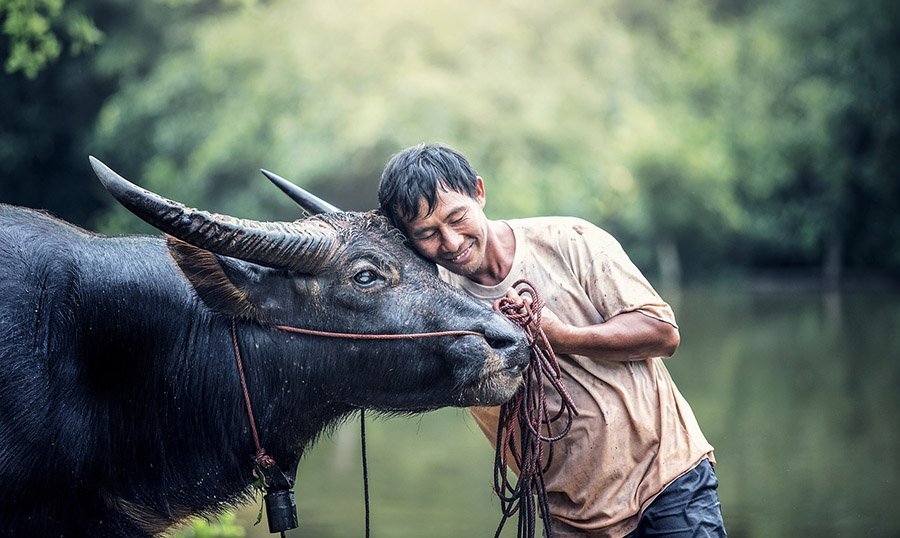
Behavior
Water buffaloes are generally diurnal, most active in the morning and late afternoon. They are known to wallow in mud or water, which helps regulate their body temperature and protects them from parasites.
Water buffaloes are social animals that usually live in herds, which are often matriarchal. A typical herd consists of females and their offspring, led by a dominant male. Solitary males are also common and usually older individuals who have been ousted from a herd.
They communicate through a series of vocalizations like grunts and bellows, and also use body language and positioning to establish dominance or submission within the herd.
One particularly fascinating behavior is their symbiotic relationship with certain bird species. Birds like cattle egrets are often seen riding on their backs, feeding on parasites and insects flushed out of the grass by the buffaloes.
Diet and Feeding Behavior
Water buffaloes are primarily herbivorous animals. Their diet consists of various types of grasses and grains, along with fruits and aquatic plants when available.
They are not hunters but grazers, spending a large portion of their day grazing in fields and wetlands. The water buffalo’s digestive system is designed to ferment food over an extended period, enabling them to extract maximum nutrients from plant matter.
They often visit water bodies where they can access softer, aquatic plants. Domesticated water buffaloes are often given supplementary feed, especially if used for milk or meat production.
Predators
In their natural habitat, adult water buffaloes have very few predators due to their size and formidable horns. However, calves are vulnerable and can fall prey to large carnivores like tigers, and crocodiles.
When faced with predators, water buffaloes display remarkable teamwork, forming a circle around the vulnerable members of the herd.
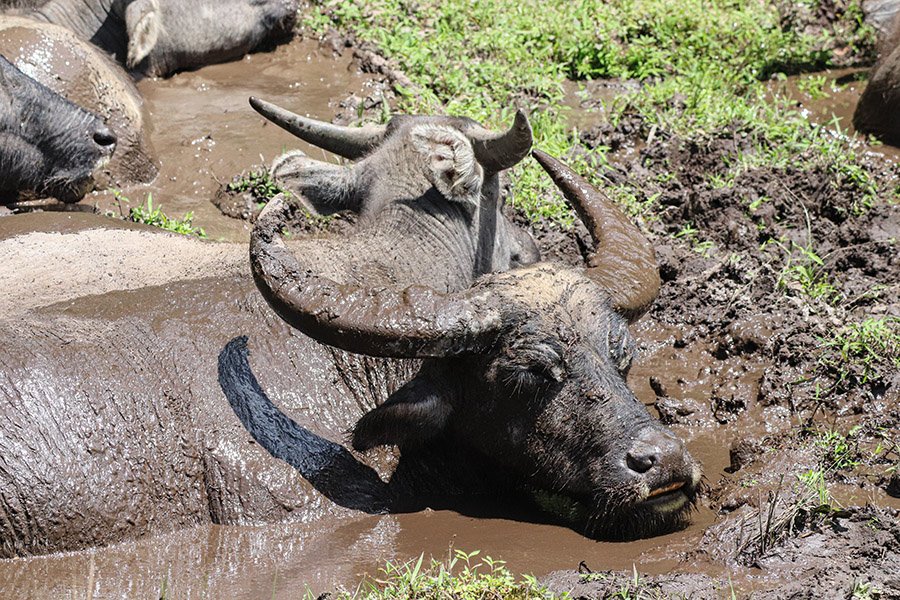
Reproduction and Life Cycle
Breeding in water buffaloes is usually seasonal, aligned with environmental conditions like the onset of the rainy season. Dominant males mate with multiple females in the herd.
The gestation period for water buffaloes is around 10–11 months, after which a single calf is usually born, although twins are not uncommon.
Typically, a female water buffalo gives birth to one calf, rarely twins. Calves are nurtured and protected by their mothers and the herd at large. They are usually weaned at about 6–9 months but may remain with the mother for up to a year or more.
Conservation and Threats
The wild water buffalo is classified as “Endangered” by the International Union for Conservation of Nature (IUCN). The domesticated form is much more numerous and is not considered at risk.
The primary threats to the wild water buffalo population include habitat loss and degradation, primarily due to agriculture and human settlement. Poaching and competition with domestic species also pose significant threats.
Conservation programs for wild water buffaloes are underway in several countries, focusing on habitat restoration and anti-poaching measures. Protected areas have been established, and there are initiatives to breed the wild water buffalo in captivity to improve their numbers.
Fun Facts
- Water buffaloes are excellent swimmers and spend much of their time in water, which helps them to cool off and avoid parasites.
- They are highly social animals and can form herds of up to 30 individuals.
- Despite their massive size and intimidating horns, water buffaloes are generally docile creatures unless provoked.
- They are known to participate in “wallowing,” which is where they roll in mud or water to cool down and get rid of parasites.
- Water buffaloes have been domesticated for over 5,000 years and are essential for agriculture in many parts of the world.
Frequently Asked Questions
Why do water buffaloes spend so much time in the water?
Water buffaloes are highly adapted to aquatic environments, which helps them regulate their body temperature and protect against parasites.
What’s the difference between wild and domestic water buffaloes?
Wild water buffaloes are larger, have longer horns, and are generally more robust compared to their domestic counterparts. They are also much rarer and are considered endangered.
Do water buffaloes attack humans?
Generally, water buffaloes are peaceful and avoid conflict. However, like any large animal, they can become aggressive when provoked or threatened.
What do water buffaloes eat?
Water buffaloes are primarily herbivores. They graze on various types of grass and also consume grains, fruits, and aquatic plants.
How long do water buffaloes live?
The average lifespan of a water buffalo ranges from 18 to 29 years, depending on factors such as health, habitat, and whether they are wild or domesticated.
